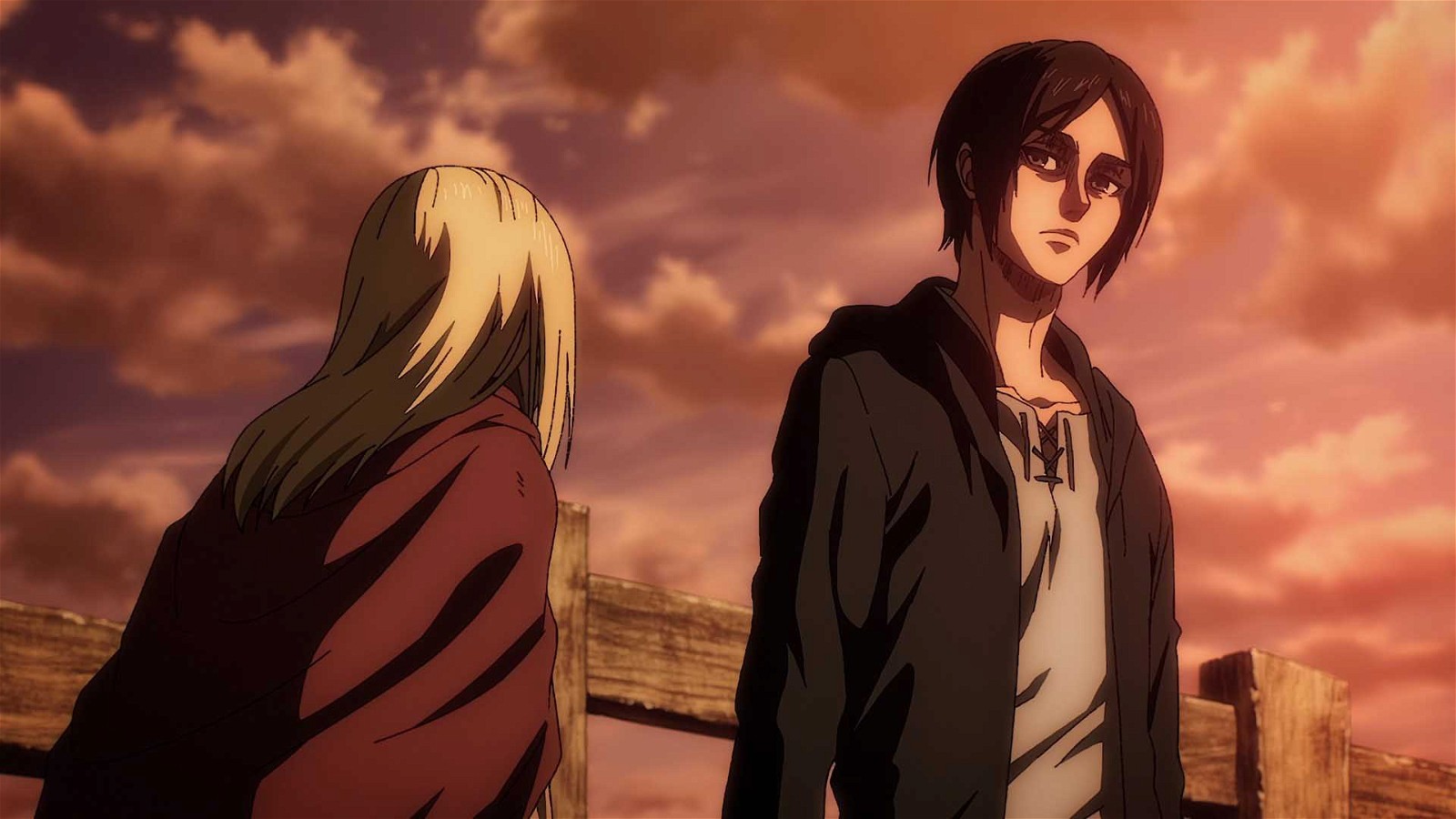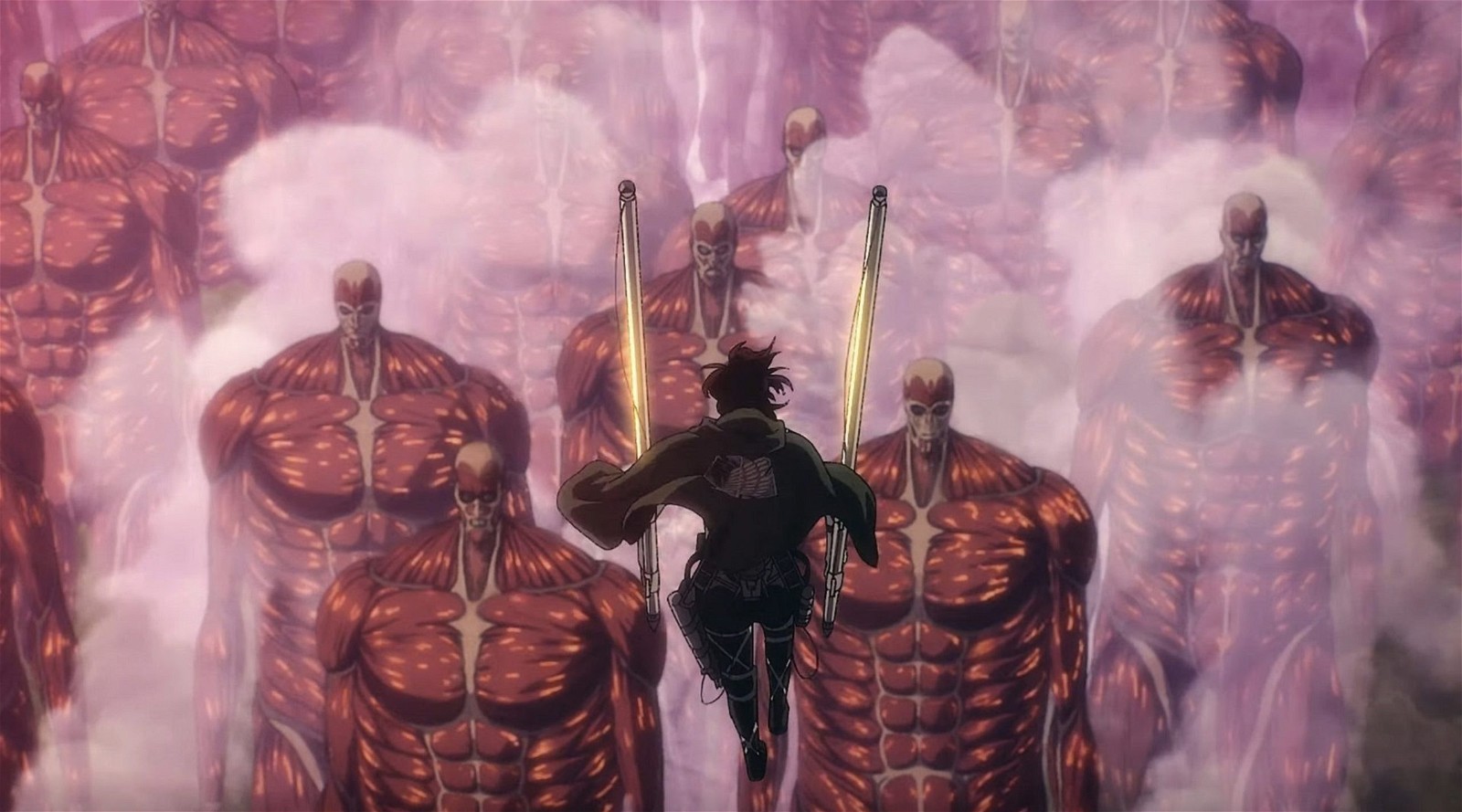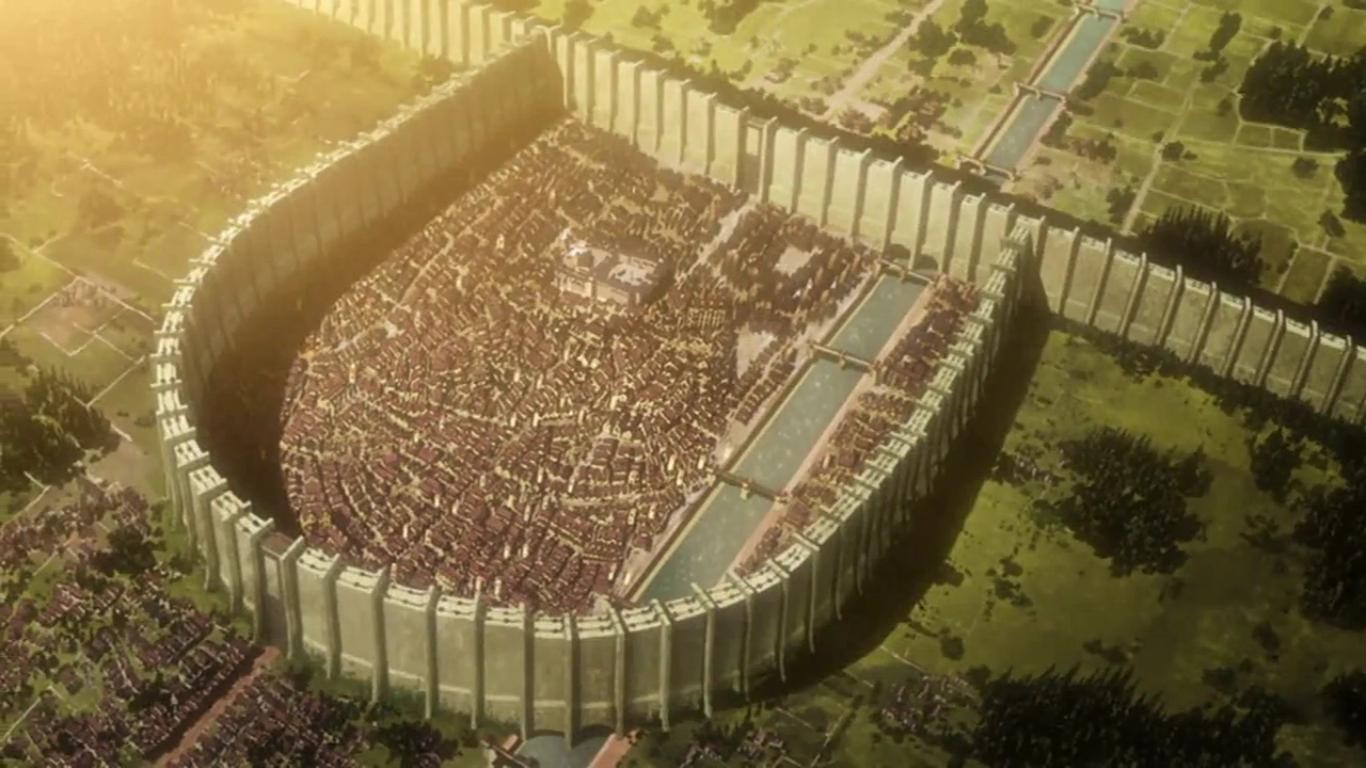Attack on Titan is undoubtedly among the most popular new generation shōnen anime. It became a global sensation with over 100 million copies sold and achieved several prominent awards, such as the Kodansha Manga Award, the Attilio Micheluzzi Award, and the Harvey Award.

As the series nears its finale, fans have ended up adding this anime to their all-time favorite. Attack on Titan was massively influential, and it connected to the audiences very well. However, even this successful anime franchise was rejected several times before it actually got serialized. The Mangaka, Hajime Isayama, opened up about his journey while creating this masterpiece.
Why was the original one-shot of Attack on Titan rejected?

The original one-shot of Attack on Titan was created by Isayama when he was 19 years old. It spanned across 65 pages and was called Humanity vs. Titans. Fans refer to this as Attack on Titan Volume 0 sometimes.
The setting of the one-shot was similar to the current Attack on Titan. It was more focused on protecting the planet than humanity, as Titans were created by a cult that wanted to wipe humans off the planet and save it from deforestation and pollution. The one-shot can serve as a concept for Attack on Titan, as it ended up wiping out nearly 80% of the human population.
It was a rather successful work and even got the “Fine Work” award from the Kodansha Magazine Grand Prix in 2006, it was rejected by the Weekly Shonen Jump due to the art style. However, Isayama didn’t want to change his art style for the popularity of his story, so he ended up approaching different publishers. He was met with nothing but disappointment and rejection. Finally, Kodansha decided to serialize his work in the monthly Bessatsu Shonen Magazine.
Was Attack On Titan based on the creator’s real-life experiences?

Attack on Titan fans know the landscape of the anime and its massive walls by heart: Maria, Rose, and Sina. These were constructed to protect the Eldian civilization. However, the exciting part is that Hajime Isayama was actually inspired by the mountainous landscape of his hometown, Oyama, in Japan.
Isayama shared about feeling rather frustrated and suppressed while growing up, which resulted in him leaving his hometown at the age of 18 to venture into the “unknown world.” While working at an internet café, Isayama observed a lot of human emotions, including bewilderment, drunkenness, aimlessness, and many more, which ended up becoming ideas for his Titan models. The trait of eating humans was incorporated into them as Isayama was influenced by the wildlife on his family farm. As the Mangaka of the series, Attack on Titan reflected his own ambitions and dreams in life; “breaking free of one’s shackles.”
Source: ScreenRant

